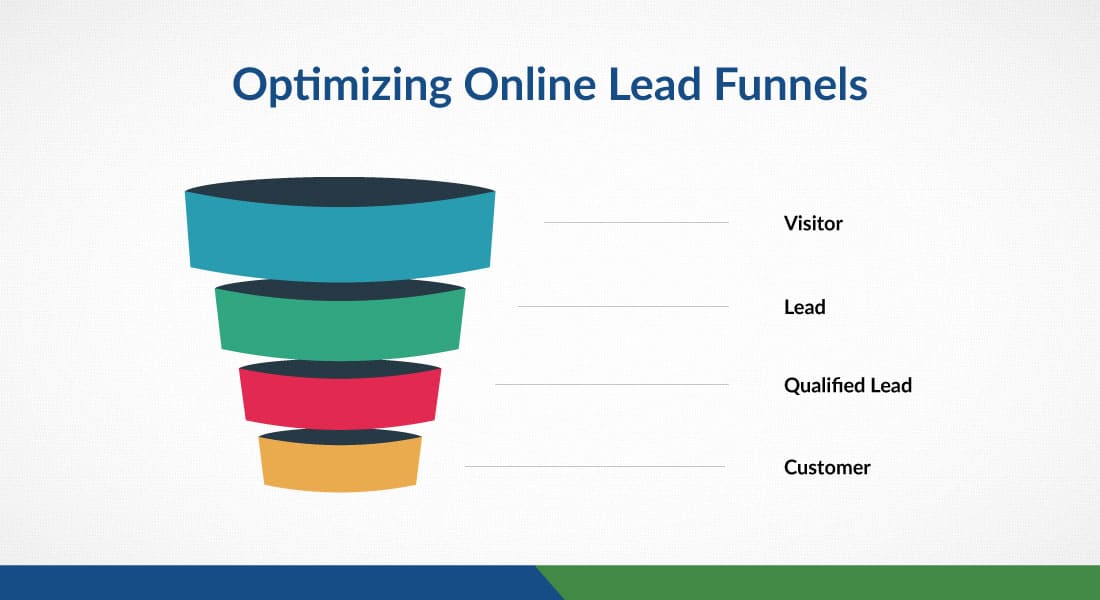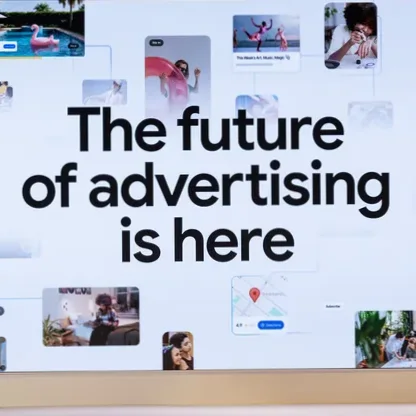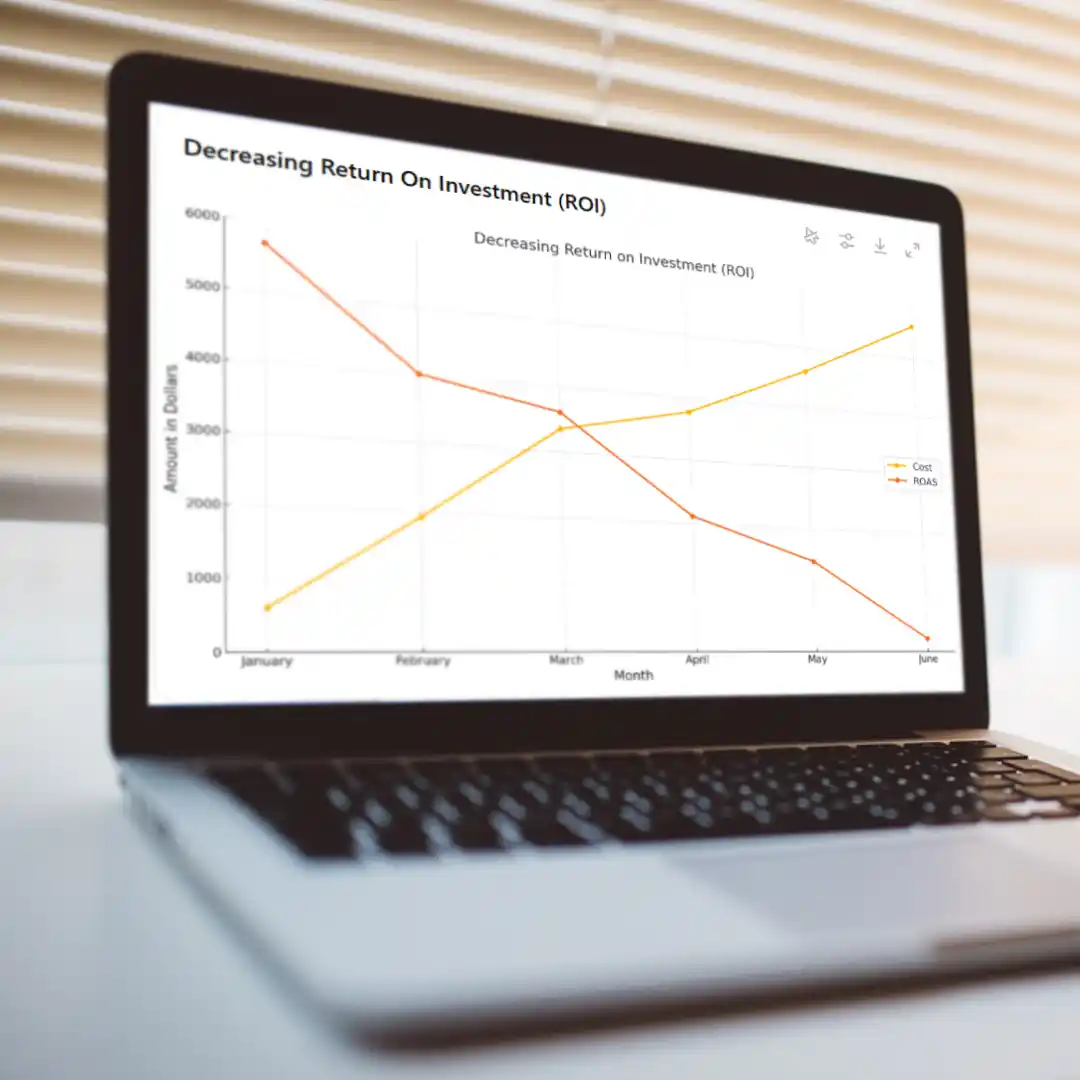…and why it’s critical to achieving more business.
We see this a lot, especially with companies that sell to other businesses, but also with colleges and universities. We scratch our heads and wonder why some marketers pursue a mindset that is flat-out counterproductive towards the goal of winning new business.
We’re talking about sales that are a lot more complicated than selecting a brand of toothpaste or even buying a car. Sales cycles can be long and may involve multiple people on the buyer’s side. If the sale happens, it’s generally a “considered purchase” based on numerous thoughts, ample amounts of research, competitive assessments and finally, negotiation. Examples include everything from purchasing a major IT solution to selecting a college or university to attend.
Many articles have been written about the “buyer’s journey.” The focus of this article is on the seller’s behavior and how it should mesh with that flow.
Sellers believe in their product and their organization, often fervently. “If only a prospect would listen to our story, watch our demo and read up on our customer case studies,” thinks the seller, “then they would almost always decide in our favor.”
Marketers are under pressure from senior management to generate leads, but not just any leads. “We don’t want to waste our time on tire-kickers, we want sales-ready leads,” says Management. So, marketers try to compress the entire selling cycle into one or two brief encounters, especially when the interactions happen on the website. This approach is based on two major misperceptions:
1. All Online Leads Are Sales-Ready
The first problem evolves from the requirement that all leads generated be sales-ready. For example, the boss wants 30 questions on the lead form. If Ms. Prospect doesn’t answer all 30, then no whitepaper for her! This results in a tiny conversion rate, which then triggers internal arguments about why the lead generation program is costing a lot of money but not producing nearly enough leads.
As a way to avoid this issue, many lead capture and marketing automation platforms are supporting progressive data gathering. As an example, on the first encounter, the prospect need only supply a name and an email address. They get a follow-up email with an enticing offer. For that, they need to supply a phone number. Slowly, through mutual reciprocity, you can build trust and a relationship. Just like in real life!
If the prospect wants to move through the process more quickly, you should be able to accommodate that too. Your phone number and email address should be right there, on the bottom of every web page and email.
2. The More Information, The Better
The second mistake we see involves information overload. If someone expresses some level of interest, for example, by requesting information or registering for a webinar, do you throw everything but the kitchen sink at them? Do they get inundated with emails, newsletters, case studies, and a series of phone calls from inside sales people?
Sure, all that information is carefully put together and nicely packaged. It might be useful and exactly what the lead was looking for, but this buying experience is like bringing home a week’s worth of groceries and then trying to eat it all in one go. No matter how good the food is, you’ll get indigestion.
Much better to provide small servings, especially if it leaves your prospect wanting a bit more each time.
In life, it takes time and multiple encounters to build a trusting relationship. Building a pipeline of solid, committed prospects is really not much different. With some careful forethought and proper planning, you can create a simple online sales funnel that will ultimately generate more revenue.





